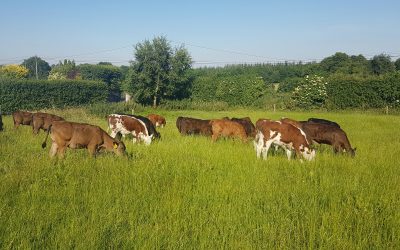Article
February -What’s in your grass?

The historic data for this sample was taken in 2020 which was an exceptionally stormy and wet month with prolonged periods of heavy rainfall which resulted in extensive flooding across the country. It was recorded that certain places had 1.5 to 3.3 times the normal monthly rainfall for February. However this is part of an overall trend that is seeing Ireland get ‘warmer and wetter’ Met Éireann’s analysis reveals an increase in rainfall of approximately 7% over the last 30 years when compared to the 1961-1990 period, with annual average rainfall for Ireland at 1,288 mm (1991-2020).
Calcium across the samples may be low as a result of the acidic soil, these types of soils are often poor sources of trace elements, best action is to test soil pH and treat accordingly.
Acidic soils as a result of high rainfall and soil contamination indicated a high level of aluminium in the grass tested – this can depress phosphorus absorption and cause energy deficit in livestock;therefore, phosphorus supplementation may be necessary.
Uniblock’s herdminder bucket lick would be a good way to increase phosphorus levels to help fertility post calving. It is important to note that high levels of manganese in the grass can sometimes result in a depression of zinc and iron absorption in ruminants.
*(based on Irish grass samples taken nationwide in February 2020)

Leave a Reply